I have a table which generates its primary key from a sequence (that just counts up from 0):
CREATE TABLE [dbo].[testTable](
[id] [int] NOT NULL,
[a] [int] NOT NULL,
CONSTRAINT [PK_testTable] PRIMARY KEY CLUSTERED ([id] ASC))
ALTER TABLE [dbo].[tblTestTable] ADD CONSTRAINT [DF_tblTestTable_id] DEFAULT (NEXT VALUE FOR [seq_PK_tblTestTable]) FOR [id]
I've used Visual Studio's O/R Designer to create the mapping files for the table; the id field is defined as:
[global::System.Data.Linq.Mapping.ColumnAttribute(Storage="_id", DbType="Int NOT NULL", IsPrimaryKey=true)]
public int id {…}
and now I'm trying to insert data via LINQ.
var testTableRecord = new testTable()
{
a = 1,
};
db.Connection.Open();
db.testTables.InsertOnSubmit(testTableRecord);
db.SubmitChanges();
Console.WriteLine($"id: {testTableRecord.id}");
The problem I'm encountering is, that LINQ seems unable to handle the id generation via sequence as it sets the id implicitly to 0 when inserting.
- When I set the
idtoCanBeNull, the insert fails because it tries to insert NULL into a non-nullable field. - When I set the
idtoIsDbGenerated, the insert works but it expects anIDENTITYfield and tries to load the generated id withSELECT CONVERT(Int,SCOPE_IDENTITY()) AS [value]',N'@p0 int',@p0=1and than sets theidin the object to null becauseSCOPE_IDENTITY()returnsnull… - I've been thinking about just using
IsDbGenerated, destroying the LINQ object and querying the DB for theid, but I don't have anything unique to search for.
Unfortunately changing the id creation mechanism to IDENTITY is not an option.
Do I have to explicitly query the DB for the next sequence value and set the id manually?
Whats the best way to handle these inserts via LINQ?
PS: I need the id because I have to insert more data that uses the id as FK.


